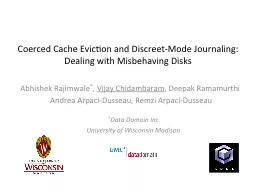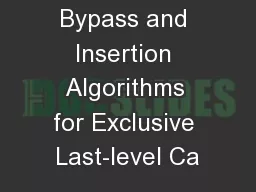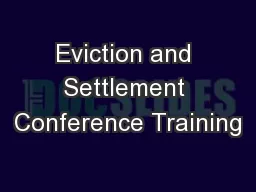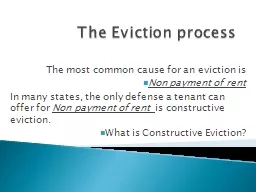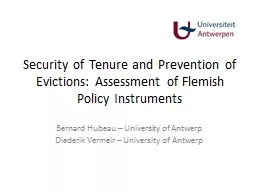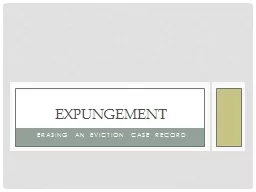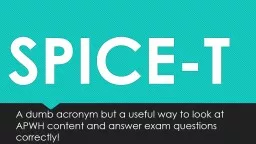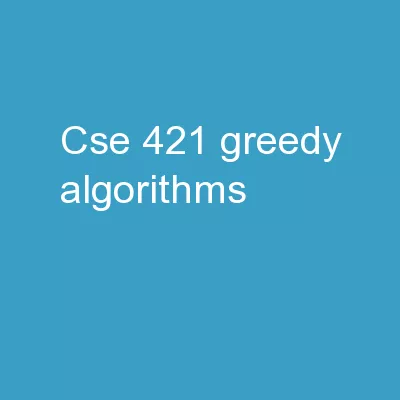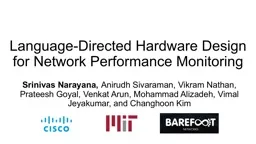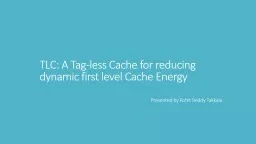PPT-Coerced Cache Eviction and Discreet-Mode Journaling:
Author : likets | Published Date : 2020-08-04
Dealing with Misbehaving Disks Abhishek Rajimwale Vijay Chidambaram Deepak Ramamurthi Andrea ArpaciDusseau Remzi ArpaciDusseau Data Domain Inc University
Presentation Embed Code
Download Presentation
Download Presentation The PPT/PDF document "Coerced Cache Eviction and Discreet-Mode..." is the property of its rightful owner. Permission is granted to download and print the materials on this website for personal, non-commercial use only, and to display it on your personal computer provided you do not modify the materials and that you retain all copyright notices contained in the materials. By downloading content from our website, you accept the terms of this agreement.
Coerced Cache Eviction and Discreet-Mode Journaling:: Transcript
Download Rules Of Document
"Coerced Cache Eviction and Discreet-Mode Journaling:"The content belongs to its owner. You may download and print it for personal use, without modification, and keep all copyright notices. By downloading, you agree to these terms.
Related Documents

